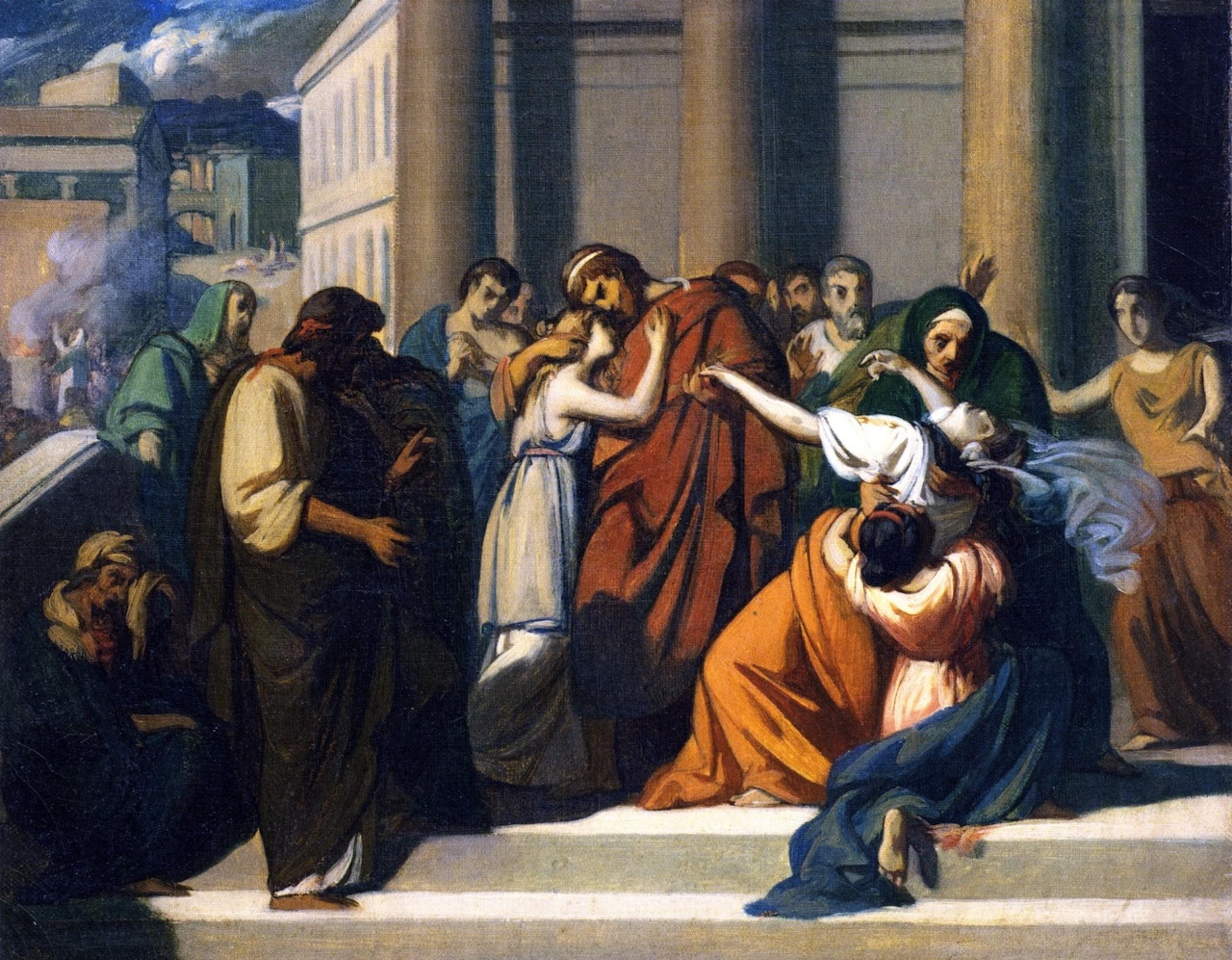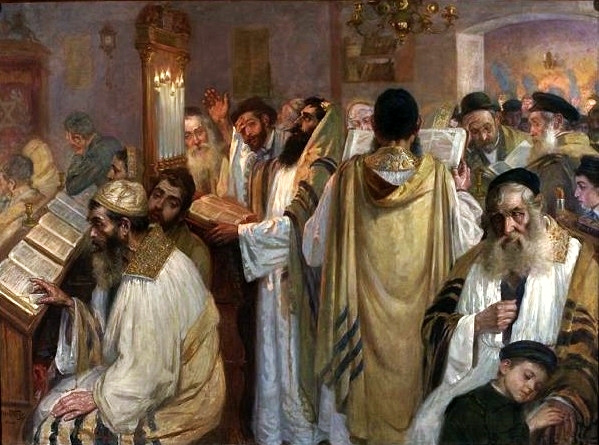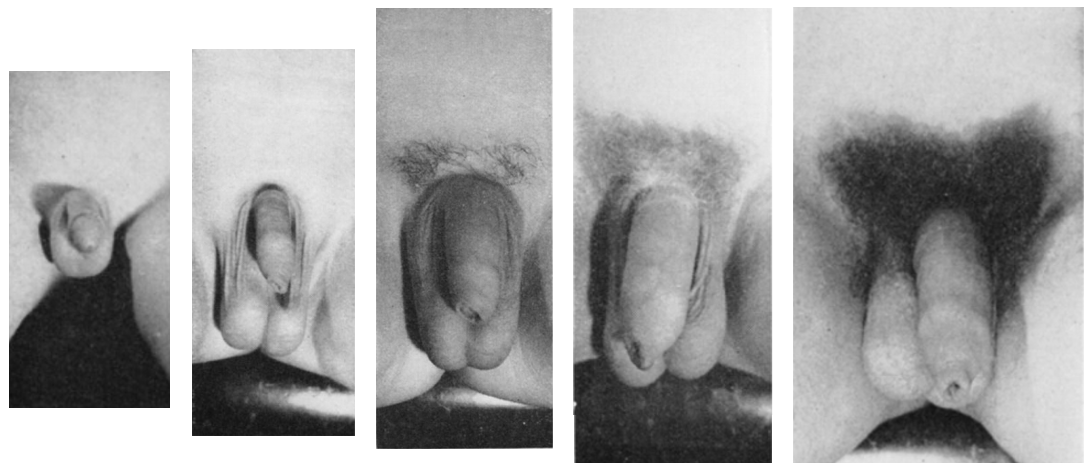|
Theodor Reik
Theodor Reik (; 12 May 1888 – 31 December 1969) was a psychoanalyst who trained as one of Freud's first students in Vienna, Austria, and was a pioneer of lay analysis in the United States. Education and career Psychology Reik received a Ph.D. degree in psychology from the University of Vienna in 1912 with his dissertation ''Flaubert und seine „Versuchung des heiligen Antonius“'' (''Flaubert and his "Temptation of Saint Anthony"''). Psychoanalysis After receiving his doctorate, Reik devoted several years to studying psychoanalysis with Sigmund Freud. Freud financially supported Reik and his family during his psychoanalytic training. During this time, Reik was analyzed by Karl Abraham. Reik, who was Jewish, emigrated from Germany to the Netherlands in 1934 and to the United States in 1938 in flight from Nazism. In 1944, he became a naturalized citizen of the United States. War and Viennese aftermath During the First World War, Reik was mobilized and had to face up to the ... [...More Info...] [...Related Items...] OR: [Wikipedia] [Google] [Baidu] |
Vienna
Vienna ( ; ; ) is the capital city, capital, List of largest cities in Austria, most populous city, and one of Federal states of Austria, nine federal states of Austria. It is Austria's primate city, with just over two million inhabitants. Its larger metropolitan area has a population of nearly 2.9 million, representing nearly one-third of the country's population. Vienna is the Culture of Austria, cultural, Economy of Austria, economic, and Politics of Austria, political center of the country, the List of cities in the European Union by population within city limits, fifth-largest city by population in the European Union, and the most-populous of the List of cities and towns on the river Danube, cities on the river Danube. The city lies on the eastern edge of the Vienna Woods (''Wienerwald''), the northeasternmost foothills of the Alps, that separate Vienna from the more western parts of Austria, at the transition to the Pannonian Basin. It sits on the Danube, and is ... [...More Info...] [...Related Items...] OR: [Wikipedia] [Google] [Baidu] |
Unconscious Mind
In psychoanalysis and other psychological theories, the unconscious mind (or the unconscious) is the part of the psyche that is not available to introspection. Although these processes exist beneath the surface of conscious awareness, they are thought to exert an effect on conscious thought processes and behavior. The term was coined by the 18th-century German Romantic philosopher Friedrich Schelling and later introduced into English by the poet and essayist Samuel Taylor Coleridge. The emergence of the concept of the unconscious in psychology and general culture was mainly due to the work of Austrian neurologist and psychoanalyst Sigmund Freud. In psychoanalytic theory, the unconscious mind consists of ideas and drives that have been subject to the mechanism of repression: anxiety-producing impulses in childhood are barred from consciousness, but do not cease to exist, and exert a constant pressure in the direction of consciousness. However, the content of the unconscious is ... [...More Info...] [...Related Items...] OR: [Wikipedia] [Google] [Baidu] |
Countertransference
Countertransference, in psychotherapy, refers to a therapist's redirection of feelings towards a patient or becoming emotionally entangled with them. This concept is central to the understanding of therapeutic dynamics in psychotherapy. Early 20th century Countertransference (), originally described by Sigmund Freud in 1910, refers to a therapist's unconscious feelings influenced by their patient. Freud recognized this as an ongoing challenge for therapists, stating the need for therapists to be aware and in control of these feelings. While Freud mainly saw countertransference as a personal issue for the therapist, his private correspondence indicates a deeper interest and understanding of its complexities. This concept broadened to include unconscious reactions, by the unconscious mind, shaped by the therapist's own history, which could impede objectivity and limit therapeutic effectiveness. For example, a therapist might unconsciously want a patient to succeed due to perso ... [...More Info...] [...Related Items...] OR: [Wikipedia] [Google] [Baidu] |
Intersubjectivity
Intersubjectivity describes the shared understanding that emerges from interpersonal interactions. The term first appeared in social science in the 1970s and later incorporated into psychoanalytic theory by George E. Atwood and Robert Stolorow, the term has since been adopted across various fields. In phenomenology, philosophers such as Edmund Husserl and Edith Stein examined intersubjectivity in relation to empathy and experience, while in psychology it is used to analyze how individuals attribute mental states to others and coordinate behavior. Definition is a term coined by social scientists beginning around 1970 to refer to a variety of types of human interaction. The term was introduced to psychoanalysis by George E. Atwood and Robert Stolorow, who consider it a "meta-theory" of psychoanalysis. For example, social psychologists Alex Gillespie and Flora Cornish listed at least seven definitions of intersubjectivity (and other disciplines have additional definitions): * ... [...More Info...] [...Related Items...] OR: [Wikipedia] [Google] [Baidu] |
Jacques Lacan
Jacques Marie Émile Lacan (, ; ; 13 April 1901 – 9 September 1981) was a French psychoanalyst and psychiatrist. Described as "the most controversial psycho-analyst since Sigmund Freud, Freud", Lacan gave The Seminars of Jacques Lacan, yearly seminars in Paris, from 1953 to 1981, and published papers that were later collected in the book ''Écrits''. Transcriptions of his seminars, given between 1954 and 1976, were also published. His work made a significant impact on continental philosophy and cultural theory in areas such as post-structuralism, critical theory, feminist theory and film theory, as well as on the practice of psychoanalysis itself. Lacan took up and discussed the whole range of Freudian concepts, emphasizing the philosophical dimension of Freud's thought and applying concepts derived from structuralism in linguistics and anthropology to its development in his own work, which he would further augment by employing formulae from predicate logic and Topological s ... [...More Info...] [...Related Items...] OR: [Wikipedia] [Google] [Baidu] |
Michael Eigen
Michael (Mike) Eigen (born January 11, 1936) is an American psychologist and psychoanalyst. He is the author of 27 books and numerous papers. He has given a private seminar on Donald Winnicott, Wilfred Bion, Jacques Lacan and his own work since the 1970s. Eigen is known for his work with patients "who had been given up on by others",Eigen, Michael (1998). Shivers. In J. Reppen (Ed.) Why I Became a Psychotherapist. Aronson, 1998, pp. 81-85. including people who experience psychosis. Biography Eigen was born in Passaic, New Jersey, to a Jewish family, the son of Jeanette (née Brody), a teacher, and Sol, a lawyer.''Contemporary Authors: A Bio-Bibliographical Guide to Current Writers in Fiction, General Nonfiction, Poetry, Journalism, Drama, Motion Pictures, Television'', 1985, p. 145. Eigen received his B.A. (with honors) in 1957 from the University of Pennsylvania and his PhD in 1974 from The New School. He married Betty Gitelman on December 27, 1980. Betty is also a therapist. Ei ... [...More Info...] [...Related Items...] OR: [Wikipedia] [Google] [Baidu] |
Jocasta Complex
In psychoanalytic theory, the Jocasta complex is the incestuous sexual desire of a mother towards her son. Raymond de Saussure introduced the term in 1920 by way of analogy to its logical converse in psychoanalysis, the Oedipus complex, and it may be used to cover different degrees of attachment, including domineering but asexual mother love – something perhaps particularly prevalent with an absent father. Origins The Jocasta complex is named for Jocasta, the Queen of Thebes, Greece, Thebes who forced to marry her son, Oedipus, and eventually committed suicide. The Jocasta complex is similar to the Oedipus complex, in which a child has sexual desire towards their parent(s). The term is a bit of an extrapolation, since in the original story Oedipus and Jocasta were unaware that they were mother and son when they married. The usage in modern contexts involves a son with full knowledge of who his mother is. Analytic discussion Theodor Reik saw the "Jocasta mother", with an unfu ... [...More Info...] [...Related Items...] OR: [Wikipedia] [Google] [Baidu] |
Shofar
A shofar ( ; from , ) is an ancient musical horn, typically a ram's horn, used for Jewish ritual purposes. Like the modern bugle, the shofar lacks pitch-altering devices, with all pitch control done by varying the player's embouchure. The shofar is blown in synagogue services on Rosh Hashanah and at the end of Yom Kippur; it is also blown every weekday morning in the month of Elul running up to Rosh Hashanah. Shofars come in a variety of sizes and shapes, depending on the choice of animal and level of finish. Bible and rabbinic literature The shofar is mentioned frequently in the Hebrew Bible, the Talmud and rabbinic literature. In the first instance, in , the blast of a shofar emanating from the thick cloud on Mount Sinai makes the Israelites tremble in awe. The shofar was used to announce the new moon and the Jubilee year. The first day of Tishrei (now known as Rosh Hashana) is termed a "memorial of blowing", or "day of blowing", the shofar. Shofars were used for si ... [...More Info...] [...Related Items...] OR: [Wikipedia] [Google] [Baidu] |
Yom Kippur
Yom Kippur ( ; , ) is the holiest day of the year in Judaism. It occurs annually on the 10th of Tishrei, corresponding to a date in late September or early October. For traditional Jewish people, it is primarily centered on atonement and repentance. The day's main observances consist of full fasting and asceticism, both accompanied by extended prayer services (usually at synagogue) and sin confessions. Some minor Jewish denominations, such as Reconstructionist Judaism, focus less on sins and more on one's goals and accomplishments and setting yearly intentions. Alongside the related holiday of Rosh Hashanah, Yom Kippur is one of the two components of the High Holy Days of Judaism. It is also the last of the Ten Days of Repentance. Name The formal Hebrew name of the holiday is , 'day fthe atonements'. This name is used in the Bible, Mishnah, and Shulchan Aruch. The word 'atonement' is one of many Biblical Hebrew words which, while using a grammatical plural form, ... [...More Info...] [...Related Items...] OR: [Wikipedia] [Google] [Baidu] |
Puberty
Puberty is the process of physical changes through which a child's body matures into an adult body capable of sexual reproduction. It is initiated by hormonal signals from the brain to the gonads: the ovaries in a female, the testicles in a male. In response to the signals, the gonads produce hormones that stimulate libido and the growth, function, and transformation of the brain, bones, muscle, blood, skin, hair, breasts, and sex organs. Physical growth—height and weight—accelerates in the first half of puberty and is completed when an adult body has been developed. Before puberty, the external sex organs, known as primary sexual characteristics, are sex characteristics that distinguish males and females. Puberty leads to sexual dimorphism through the development of the secondary sex characteristics, which further distinguish the sexes. On average, females begin puberty at age 10½ and complete puberty at ages 15-17; males begin at ages 11½-12 and complete pube ... [...More Info...] [...Related Items...] OR: [Wikipedia] [Google] [Baidu] |
Couvade
Couvade () is a term which was coined by the anthropologist Edward Burnett Tylor in 1865 to refer to certain rituals in several cultures that fathers adopt during pregnancy. Couvade can be traced to Ancient Egypt as a "sacred birth custom, of when a child is born, the man experiences the ritual of 'labor' in which he takes to his bed, and undergoes periods of fasting and purification, and the observance of certain taboos". The Ancient Greek writer Plutarch mentions a report by Paeon of Amathus of a custom in Cyprus honouring the myth of Ariadne (who had died while pregnant) in which a young man would lie down and imitate the crying and gesturing of women during labor. The term "couvade" is borrowed from French, which derives it from the verb ''couver'' ("to brood, hatch"). The term's use in the modern sense derives from a misunderstanding of an earlier idiom ''faire la couvade'', which meant "to sit doing nothing". An example of couvade was from the Cantabri, who had a custom ... [...More Info...] [...Related Items...] OR: [Wikipedia] [Google] [Baidu] |
Till Eulenspiegel
Till Eulenspiegel (; ) is the protagonist of a European narrative tradition. A German chapbook published around 1510 is the oldest known extant publication about the folk hero (a first edition of is preserved fragmentarily), but a background in earlier Middle Low German German folklore, folklore is likely. The character may have been based on a historical person. Eulenspiegel is a native of the Duchy of Brunswick-Lüneburg whose Picaresque novel, picaresque career takes him to many places throughout the Holy Roman Empire. He plays trickster, practical jokes on his contemporaries, at every turn exposing vices. His life is set in the first half of the 14th century, and the final chapters of the chapbook describe his death from the Black Death, plague of 1350. Eulenspiegel's surname translates to "owl-mirror"; and the frontispiece of the 1515 chapbook, as well as his alleged tombstone in Mölln, Schleswig-Holstein, render it as a rebus comprising an owl and a hand mirror. It ha ... [...More Info...] [...Related Items...] OR: [Wikipedia] [Google] [Baidu] |





